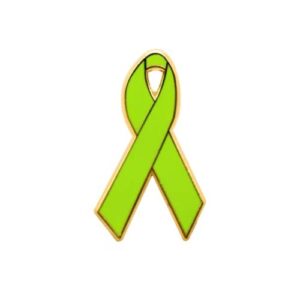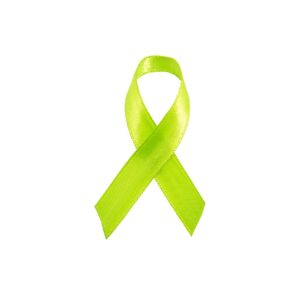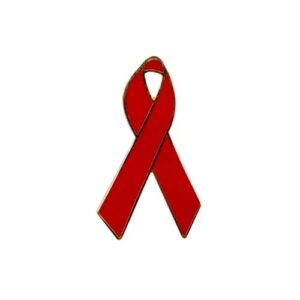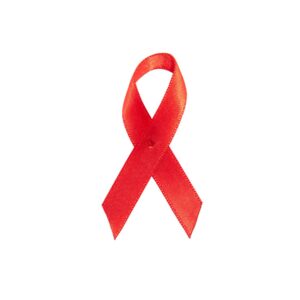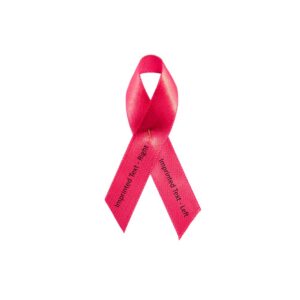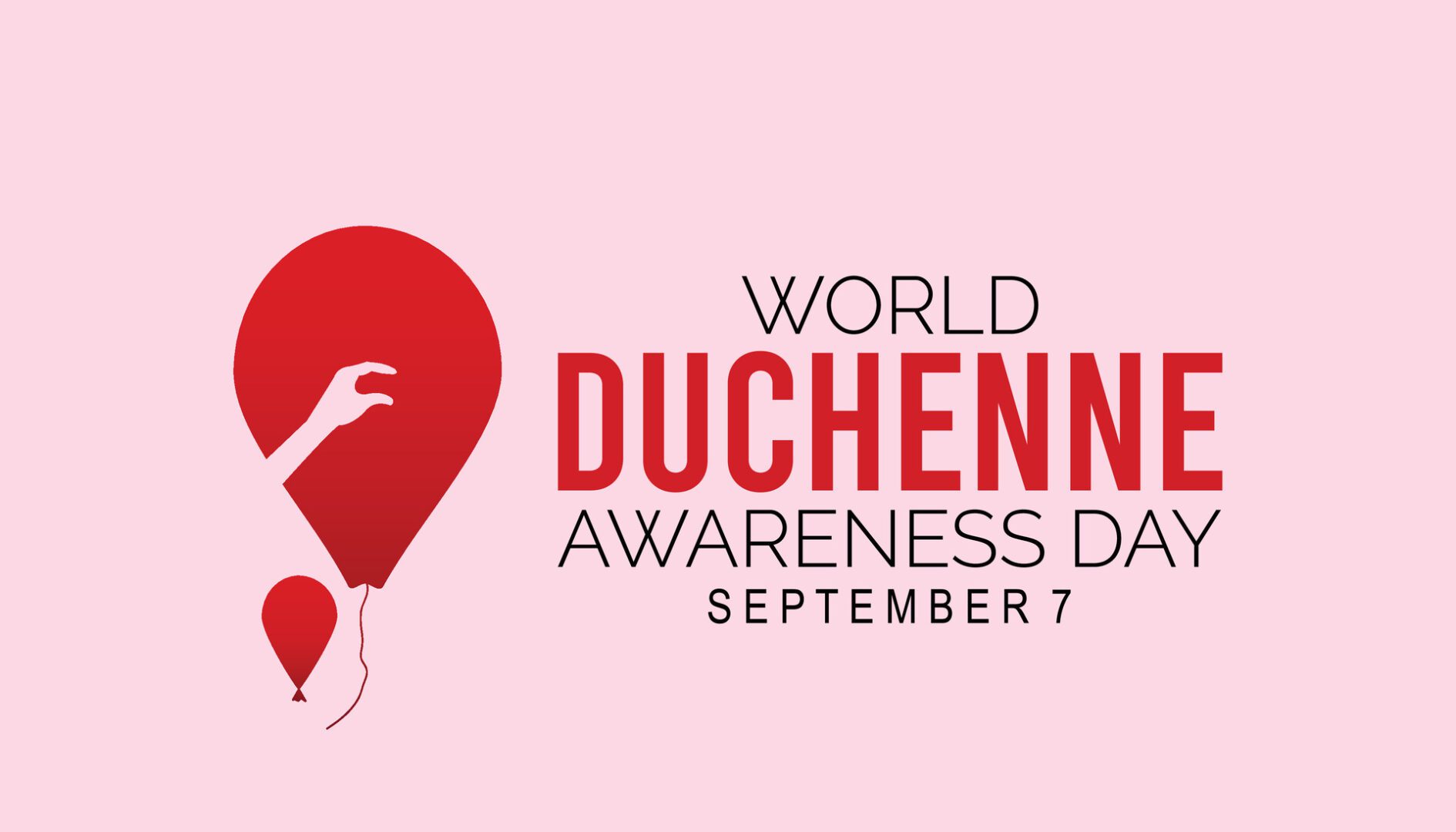Wear a lime green pin, ribbon or wristband for World Duchenne Awareness Day
What are Duchenne and Becker Muscular Dystrophy?
Duchenne and Becker Muscular Dystrophy are both X-linked recessive disorders. Both conditions are caused by mutations in the dystrophin gene, which encodes the protein dystrophin. A certain part of the DNA is missing, doubled, or changed. Therefore, the code cannot be read properly by the body. Males have only one copy of the X chromosome from their mother and one copy of the Y chromosome from their father. This is why mainly man/boys are affected. A woman who has a genetic change in one of her two copies is said to be a ‘female with dystrophinopathy’. However, Duchenne and Becker can occur when the gene mutates spontaneously.
Difference Between Duchenne and Beck Muscular Dystrophy
People living with Duchenne MD have a complete lack of the gene that produces dystrophin. However, people living with Becker MD have lower levels or a shorter version of this muscle-protecting protein. Duchenne symptoms start to show when patients are babies or children. People with Becker often have less severe symptoms that will show later in life when they become adults. However, some patients are already showing symptoms at a younger age.
A Brief History of the Awareness Day
Duchenne Muscular Dystrophy (DMD) is named after Dr. Duchenne de Boulogne. He was one of the first to report the disease in detail in the 1860’s. He studied the clinical course of DMD patients for many years. And he not only described the progressive muscle weakness and the (pseudo) muscle hypertrophy, but he also as early as 1868 mentioned the impairment of intelligence in DMD patients. Dr. Duchenne de Boulogne noticed an interesting relationship between muscle and brain, which he described as a ‘character obtus … the intellect was dull and speech was difficult’. His findings were brought to the attention of the profession in other countries.
In 1987 Dr. Eric Hoffman and Dr. Louis Kunkel discovered that DMD was caused by lack of the dystrophin protein. This is due to mutations in the DMD gene. DMD was one of the first diseases of which the genetic cause and the missing protein was discovered.
Until the early 1990’s only very minimal care was provided to patients and parents were told to ‘Take him home and love him, there is nothing you can do.” Surgery was performed to release contractures or correct the deformity of spine and feet.
Progress Since the Early 1990’s
Since the early 1990’s some specialized centers started to treat ambulant boys with corticosteroids (prednisone and deflazacort) in a trial setting. Ten years later steroids became part of the standards of care for ambulant DMD patients and more and more non-ambulant boys were treated with steroids as well. The use of steroids changed the course of the disease. This included an impact on the age of loss of ambulation (2-5 year delay), age where ventilation is needed and prolonging arm function until the late teens.
Cardiac problems were originally treated only when they became symptomatic, but since 2007 more and more patients were treated preventive with ACE-inhibitors. The preventive use of ACE-inhibitors is now part of the latest standards of care as well.
Average Age of Diagnosis
In most countries, the average age of diagnosis of DMD is above 4 years of age and the diagnostic delay around 2.5 years. Parents see symptoms much earlier and some symptoms are already visible when the children are very young. Lack of awareness of DMD in (first line) health care professionals seeing these children is a major factor that contributes to this delay.
Life Expectancy
With the current standards of care, people with Duchenne can live into their early 30s and beyond. However, a certain percentage of boys with DMD die in their late teens, mainly due to cardiac complications. The average life expectancy of Becker patients is somewhere between 40 and 50 years. However, with clinical care continuing to improve, as well as clinical trials, research and new therapies, the quality and quantity of life with Duchenne and Becker are enhanced each year.
Depending on a lot of factors including the type of mutation, Duchenne and Becker are different for every person. Even a sibling, having the same mutation can have a different progression. The different stages in which Duchenne and Becker people are divided are based on whether patients are able to walk (ambulant) or not (early loss of ambulation, late loss of ambulation).
Objectives of World Duchenne Awareness Day
Although the condition Duchenne Muscular Dystrophy was first described more than 150 years ago, not many people are aware of the impact of this disease on the lives of individuals with Duchenne themselves, their siblings and their entire family.
More awareness among a wider audience would help to avoid a delay in diagnosis, better understanding of their problems, improvement of medical care, and more support in general
- Raise global awareness on Duchenne and Becker muscular dystrophy (DMD and BMD).
- Engage and educate all stakeholders to adopt effective strategies to improve the lives of people living with DMD/BMD.
- Call for urgent and sustainable actions by all stakeholders.
- Advocate for the adoption of best practices regarding Standards of Care.
The initiative was established in 2013. Through World Duchenne Awareness Day, the World Duchenne Organization works to highlight important aspects that deserve more attention.
